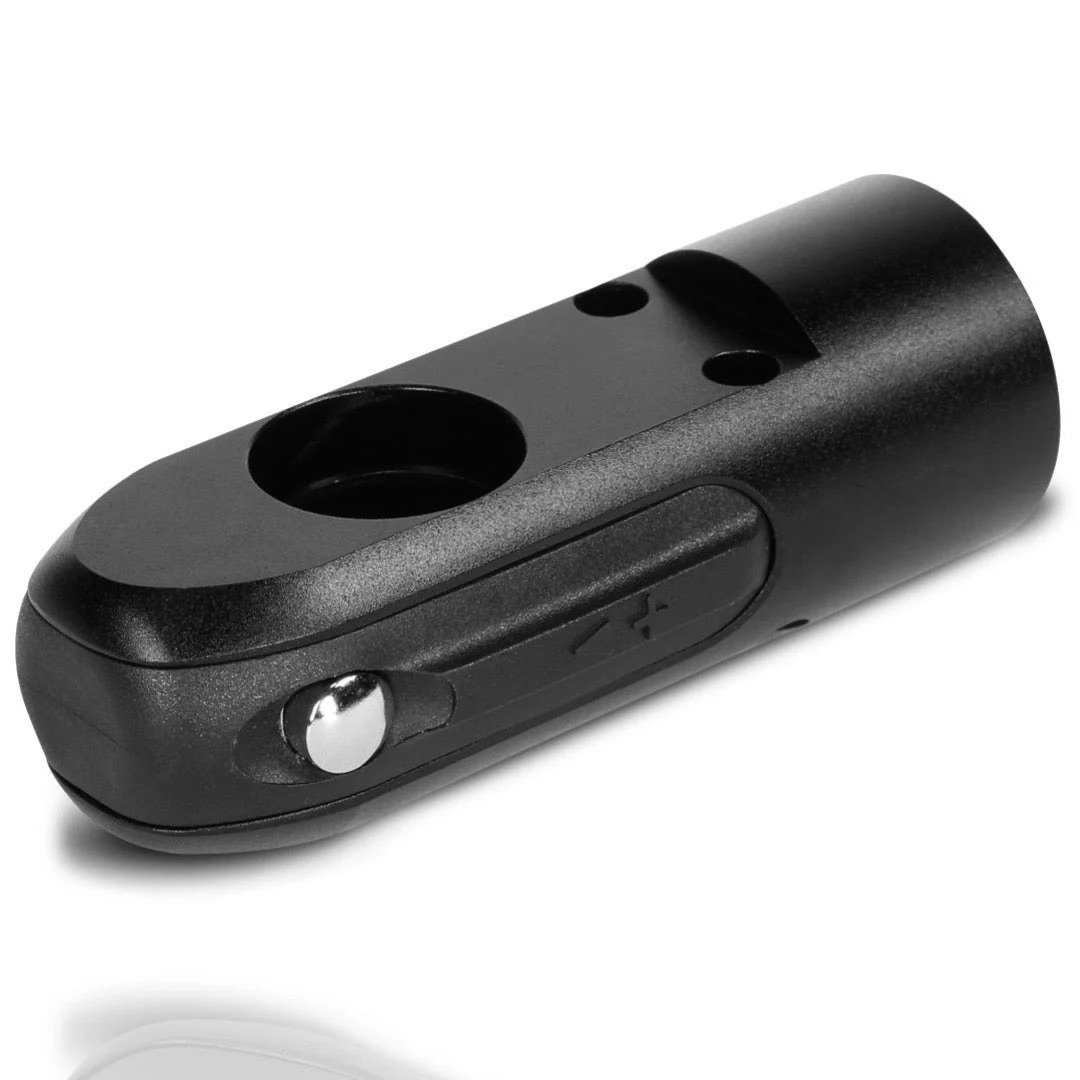Shipping CO2 cylinders across borders? Sounds exciting—until customs holds your entire container for missing a single piece of paper.
To clear CO2 tanks through EU and US customs, you must prepare certificates like DOT or TPED, a detailed invoice, MSDS, and a dangerous goods declaration. Without them, your shipment might get delayed or rejected.
You don’t want your goods stuck at port or face unexpected fines. That’s why this article covers everything I prepare before exporting gas cylinders to the US and Europe. Stick around—even a minor document issue can lead to weeks of delay.
Table of Contents
Why do CO2 tanks need special customs paperwork?
You might think CO2 is harmless—it’s in beer, soda, and paintball tanks. But when it’s pressurized and sealed in a metal container? Customs sees it as a dangerous good.
Customs needs proof your tanks are safe, compliant, and correctly classified as pressure vessels. Without it, your shipment can be seized, delayed, or sent back.
Why do CO2 tanks need special customs paperwork?
In the United States:
- DOT approval is a must. If the tank isn’t DOT certified, you can’t sell or even ship it legally.
- FDA documentation is required if the CO2 touches anything food-related, like soda or beer.
- The PHMSA (Pipeline and Hazardous Materials Safety Administration) checks for compliance on labeling, transportation, and gas classification.
In the European Union:
- Cylinders must meet TPED (Transportable Pressure Equipment Directive) standards for mobile use.
- If the tank is used but not moved (e.g. in a bar), then CE certification applies.
- EN12245 and EN ISO 11118 are the key technical standards depending on the cylinder type (composite vs. aluminum).
What documents must I prepare before shipping CO2 cylinders?
Even if your product is certified, your paperwork must match. This is where most exporters fail.
You need 8 documents minimum: commercial invoice, packing list, bill of lading, certificate of origin, MSDS, quality test reports, a dangerous goods declaration, and certification documents like DOT or TPED.
Dive deeper: Full document checklist I use for my shipments
Core Documents (all shipments)
- Commercial Invoice: Must list HS code (usually 281121), Incoterms (FOB, CIF), and unit value.
- Packing List: Dimensions, gross/net weight, and packaging type.
- Bill of Lading (B/L): Marks consignee, vessel details, and delivery port.
- Certificate of Origin: Sometimes required for tax reduction under trade deals.
Technical Documents
- Material Safety Data Sheet (MSDS): Details gas composition, pressure rating, and handling guidelines.
- Quality/Test Report: Confirms hydro test results, pressure resistance, and batch tracking.
Dangerous Goods Declaration
- For sea: IMDG Code
- For air: IATA DGR Without this, shipping lines or airlines may outright reject your cargo.
Certification Files
- DOT: Serial number + pressure rating + inspection stamp
- TPED: Pi marking + EN compliance
- Declaration of Conformity (DoC) for CE products
What happens if documents are missing or wrong?
Some importers assume shipping agents will “handle it.” But I’ve seen what happens when documents don’t match.
If your documents are incomplete, customs can detain the shipment for weeks, issue fines, or require re-export.
Dive deeper: Real issues buyers shared with me
U.S. importer: James Carter
- Paintball tanks were held because the DOT mark was not etched—only a sticker. That’s not legal.
- FDA paperwork was missing for soda cylinders—he had to pull all listings off Amazon temporarily.
German client: Oliver Schmidt
- TPED documentation had the wrong format for EN12245 tanks. Customs requested re-inspection, costing him €1,400 in storage fees.
So now, I help my clients prepare a document folder that travels with every container—printed and digital.






